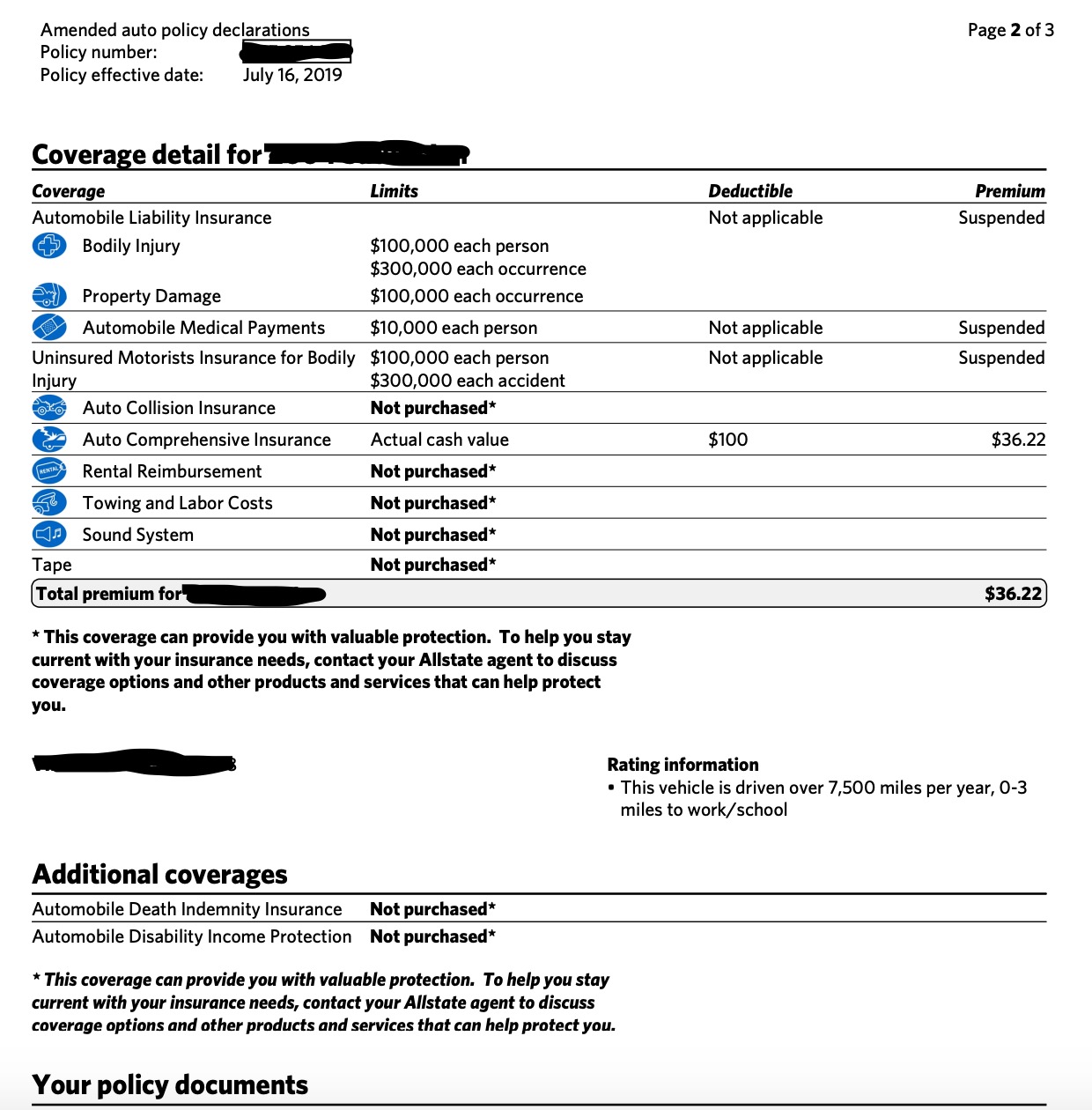

The process of getting your binder may differ based on your method of purchase. Note that there is always a slight possibility of the insurer deciding to reject coverage after review, e.g., if it becomes clear you lied on your application or you are simply seen as too high-risk to cover. If, for instance, the underwriter finds that you have had more traffic violations than you stated in your application, you will likely see a rate increase, as you will be placed in a higher risk group. Usually, this variation is a change in the quoted rate. Your car insurance policy is what you are actually buying from your insurance provider.ĭuring underwriting, your insurance company may change some of the parameters of your policy that were provided in your original quote. Remember, the binder’s time span for coverage is quite short and is only meant to provide you with coverage during underwriting. The biggest difference between a car insurance binder and an actual policy is that the binder is temporary. During this period of time, an insurance binder is absolutely essential. The agent needs a certain period of time to make sure you get a fair review and the right rates. It’s clear to see why the underwriting process is so important. This share comes in the form of your premium and deductibles. To ensure the business can pay claims when due, they share the risk with you, the customer. That’s where your premium comes in.Īn insurance company cannot cover your risk completely otherwise, it would have no money to pay out claims. With the above rating factors, underwriters can assess your risk as a driver to help determine whether it makes sense to provide you with insurance and how much it might cost to offset that risk. The location at which you park your car overnight.



At its simplest definition, a car insurance binder is temporary car insurance.


 0 kommentar(er)
0 kommentar(er)
